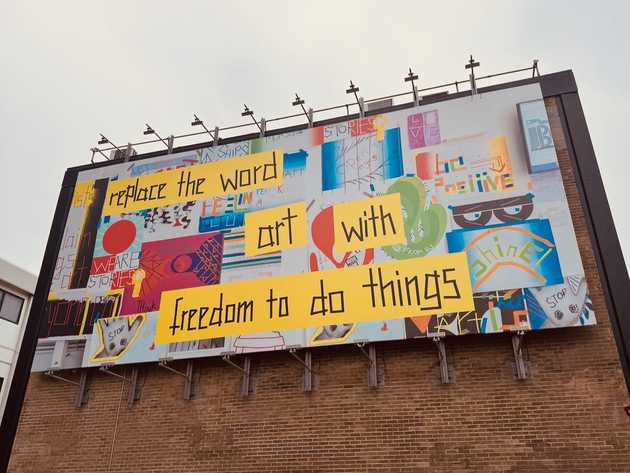A new home on the Internet
Back to the basics
With this entry, I give myself a new home on the Internet.
The last time I had a dedicated space on the web to share myself, this was a different place. The Internet, I mean. Before we shopped online, and before we read the news on our telephones, and before corporatized “connection” on social media, the Internet was a place of individual self-expression. As one who grew in the twilight of the looming Internet boom, some of my earliest freely undertaken creative acts were through self-publishing writing.
Over the past decade, I have witnessed in myself a gradual, consistent decline in my desire to share myself through the channels available to me. The proliferation of “social” media, especially, has succeeded in substantially distorting my motivation for sharing anything on the Internet. Few people, I wager, can honestly say that they feel better after spending time on social media. Academic research confirms what my intuition and nervous system already tell me is true, which is that these platforms accomplish the opposite of their stated intention, creating division instead of connection, negatively impacting our mental health instead of improving it. The advent of “likes,” follower counts, and comments have made it impossible to express oneself without asking, even if subconsciously, “will the right people see this? How ‘well’ is my post doing? Which hashtags should I use?” To complete the picture, anything I share is flanked in its presentation by advertisement, diversion, or outright falsehood.
Here, maybe, there is at least a space large enough to take a breath. Which is invited, by the way.
Earlier this year, on a return flight from a trip to Norway, I spent a full-day laying over in London, and ambled around the city for five hours on too little sleep, admiring for the second time in my life the grandeur of its parks, palaces, and neighborhoods. The scale belongs to a different time and, I suspect, a way of living that has already perished in modernity. Not even billionaires dare—mostly—to be so ostentatious as the royalty of yore.

On a street nearby to the Paddington train station, I saw this piece of public art, and its message recalled to me, more than anything I’ve seen recently, how entangled the word “art”—and, maybe, the creation of anything—has become with words like skill and value, and how accentuated that is, I suspect, by the sheer quantity of “content” we are all exposed to every day via social media alone.
This invitation—“replace the word art with freedom to do things”—carries the same sense of reclamation I mentioned above. The attempt to make “art” is weighed down by the illusion that art must be “good,” and will be graded. The effort of conforming to artificial standards of what makes art “good,” ironically, tends to take something vital away from it. The correlative on social media is what has been called “context collapse,” in which an author tailors their material to accommodate so broad an audience that the creative product ends up foregoing the same vitality.
In any case, I don’t need to philosophize any further. There’s nothing virtuous or remarkable about severing the connection between my creativity and platforms like Facebook, Instagram, or Substack. It does, however, feel important to me. A website can be, at core, a creative artifact. It does not have an “audience” baked into it the way we’ve become accustomed to when we share to our followers. And that’s precisely what I like about it.
I’ll be sharing my writing (or anything) here because it’s in my nature and a joy to do so, like it is in a cat’s to stretch itself into a spot of sunlight on the floor. That stretch is for the enjoyment of the cat alone, but once in a while, somebody will oversee an intimate moment of pleasure, and that is a joy, too.
May this day smile on you.